Built by three local tribes and ruled by the Al Zaab tribe in the 14th century, Al Jazirah Al Hamra was originally inhabited by around two hundred fishermen and pearl divers. Its name literally means ” The Red Island”, as back then it stood on a piece of land which was also a tidal island. Nevertheless, this settlement gradually grew in its size, reaching almost two thousand people by the 20th century.
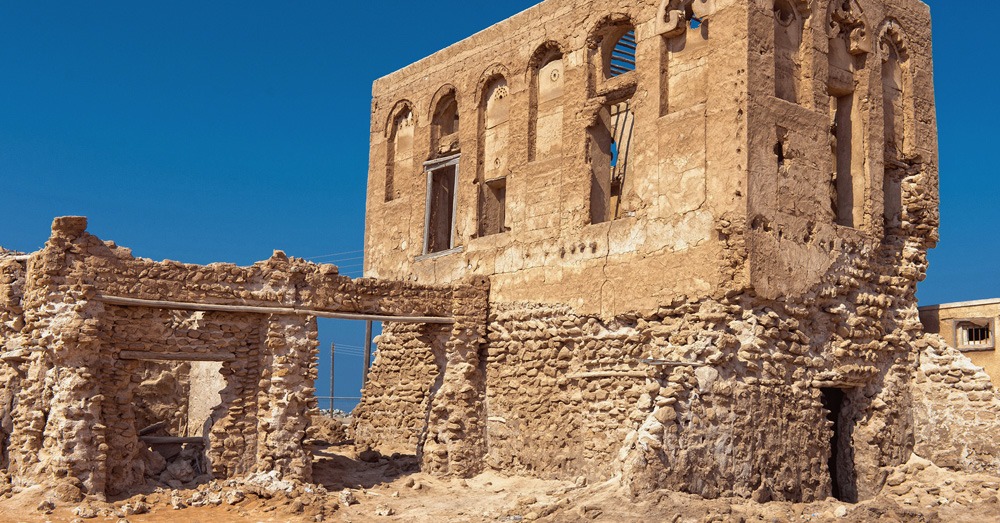
Then, something happened. Some of the neighboring locals argue whether it was caused by conflict within the local tribes or a promise of better life. Others say that supernatural forces appeared in these lands. Nevertheless – at some point in the sixties (in 1968, to be precise), the villagers abandoned Al Jazirah Al Hamra, moving to the coast of Abu Dhabi.
Today, the village is more commonly called The Ghost Town. Numerous structures made of coral and mud are being slowly destroyed by sand, winds, sun and occasional rains. Pieces of furniture and other personal belongings can still be found there, abandoned and forgotten. The whole area is completely empty, and it is understandable why neighboring residents consider it to be haunted.
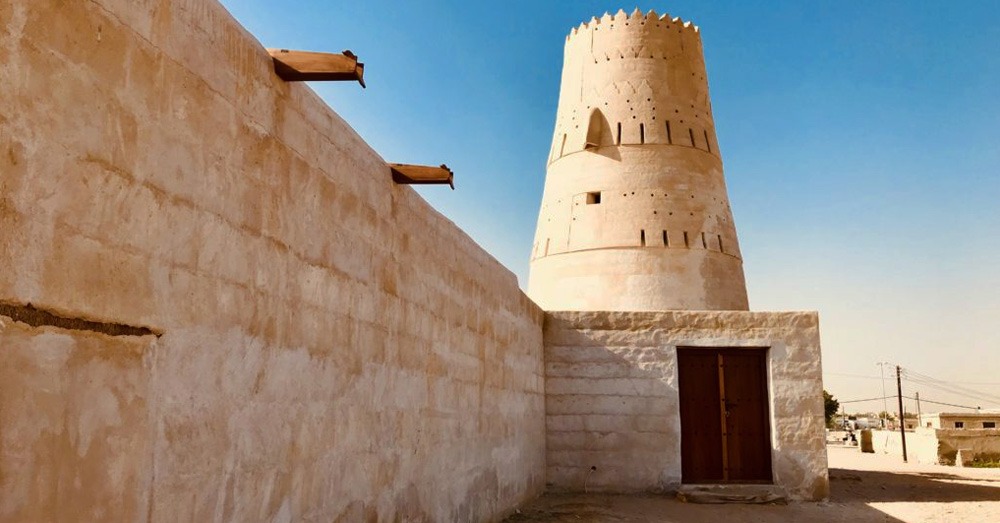
Al Jazirah Al Hamra is an attractive destination for adventure seekers. Numerous traditional fishing houses, a mosque, a dilapidated fort and old watchtowers are well preserved and frozen in time, creating some great scenery and setting. In 2018, it was partly used in the production of Portions of 6 Underground for Netflix. Director Michael Bay said about the place:
“We shot in Al Hamra – an ancient ghost city they called it – that we played for Afghanistan. And literally right around the corner we played another part for Nigeria… It’s very versatile to have a place where literally like five minutes away it’s like a different country”.
Al Jazirah Al Hamra is a well-preserved snapshot of what everyday life was like before the formation of UAE. The government of Ras Al Khaimah, as well as local volunteers, are taking measures to turn this area into a major cultural and historic site, with construction of new hotels and attractions taking place. Nevertheless, the story of The Red Island and its stories of ghosts will surely remain for the years to come.
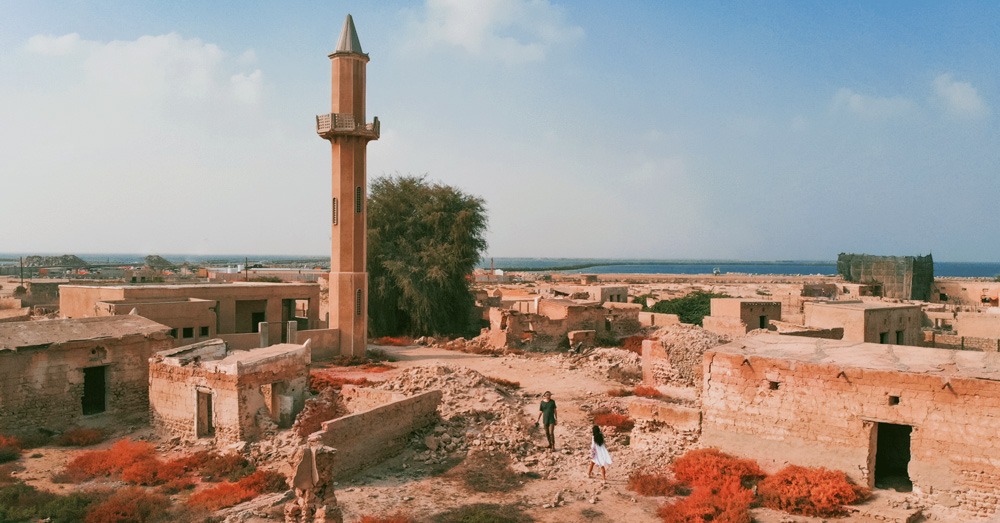
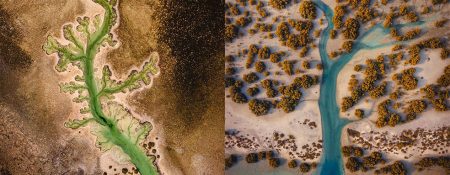


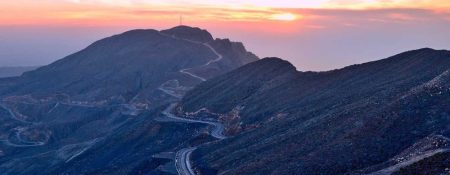
The UAE’s rich history is rooted in trade and tied to Islam. Its unique location between Europe and the Far East became the crucial factor in it's growth into the world's largest trading hubs. Throughout the ages, these lands had attracted merchants from India and China, and were prized by Europeans, in particular the Portuguese, the Dutch and the British.
After the discovery of oil and the formation of the Emirates, the wise rulers began the rapid development of the country's economy, shaping it into what it is today. Though small in size, the UAE quickly became an important player in regional and international affairs.
Although it's growth and development, UAE heritage have not been forgotten - on the contrary, is still well-respected among the nationals. History and culture of local people can be felt in the legendary hospitality of local hotels, architecture of modern skyscrapers and openness and kindness in living among the multinational community.
Here you can read various articles about UAE heritage, history and culture, and better understand, why this country's development became such a success throughout the years.